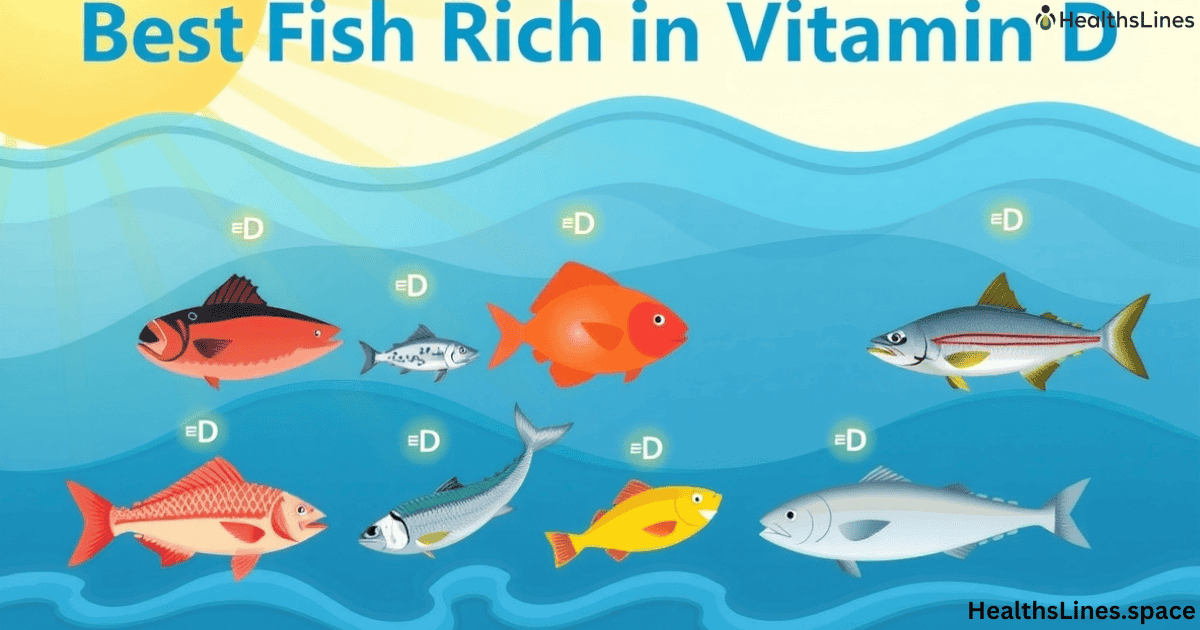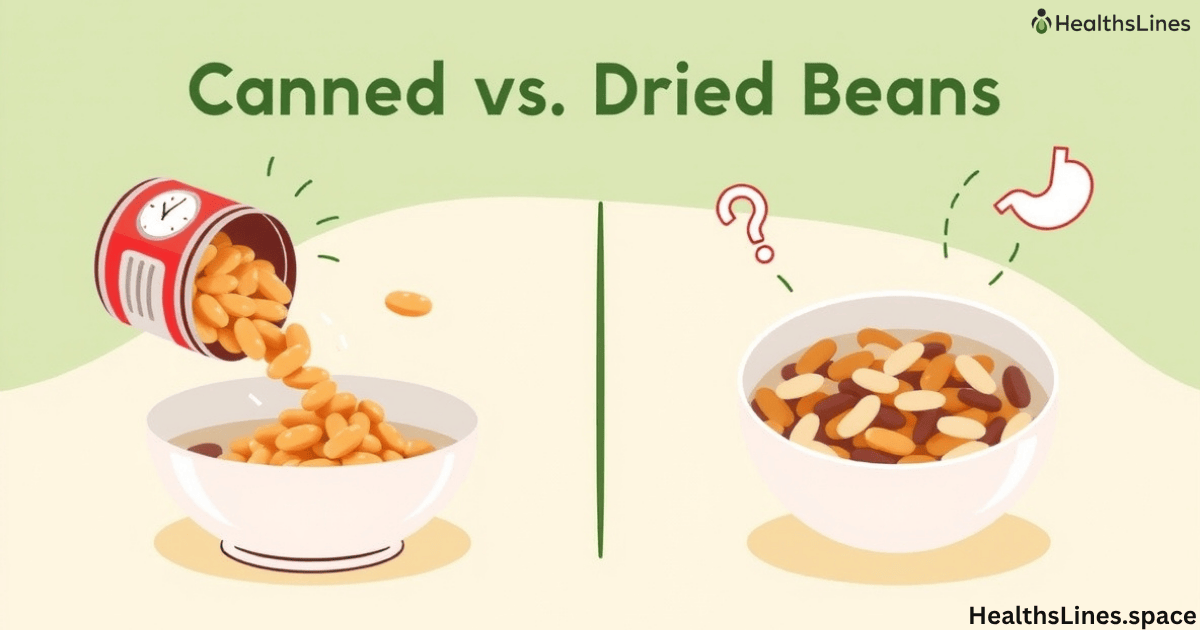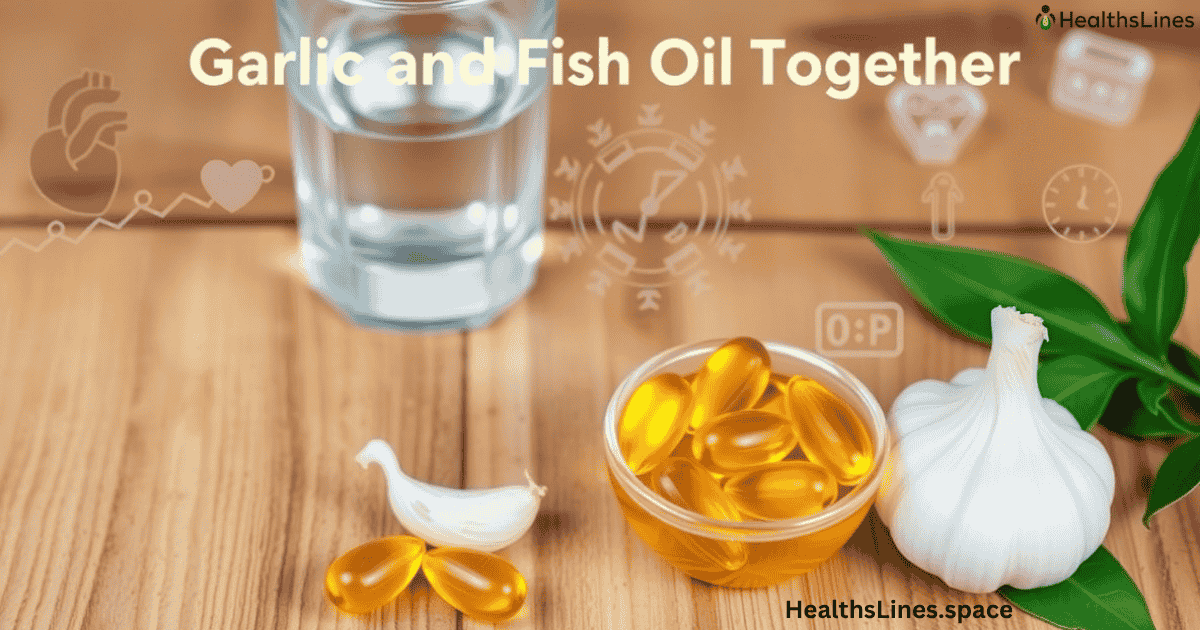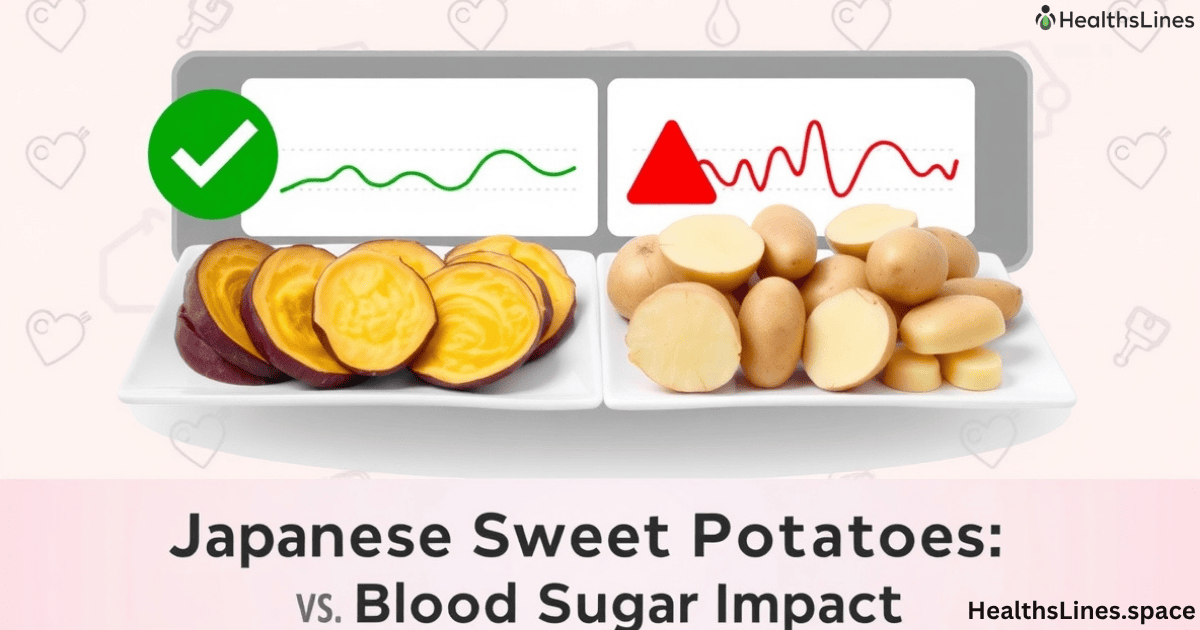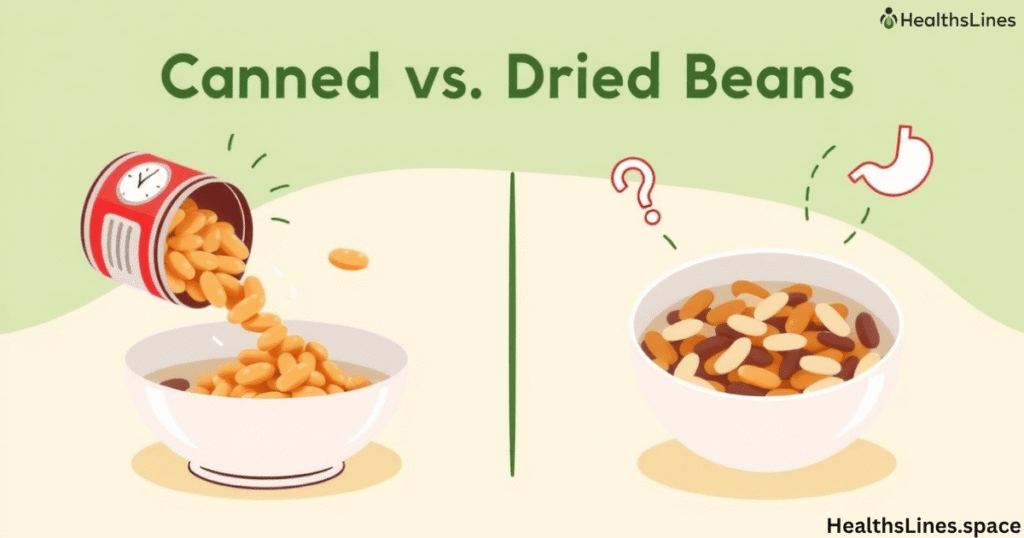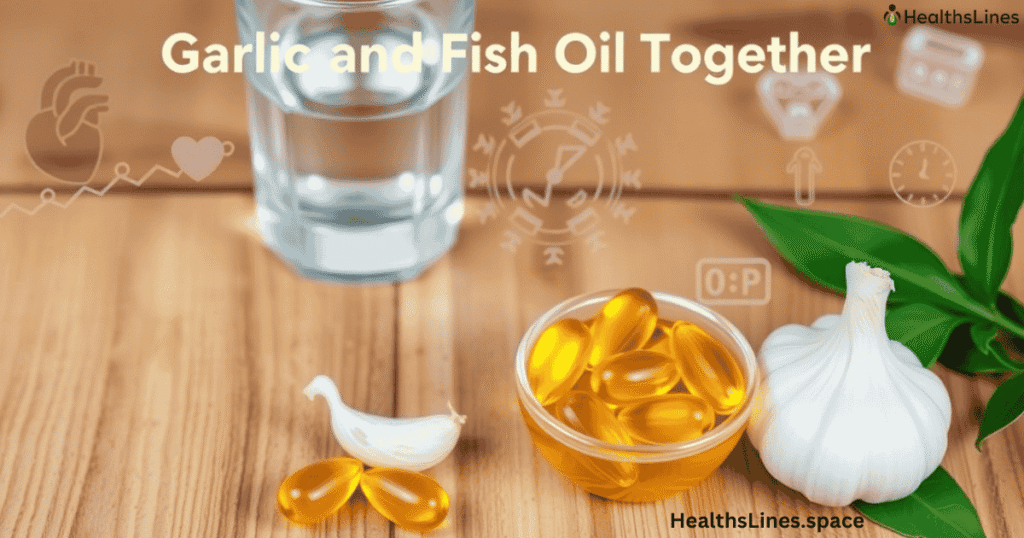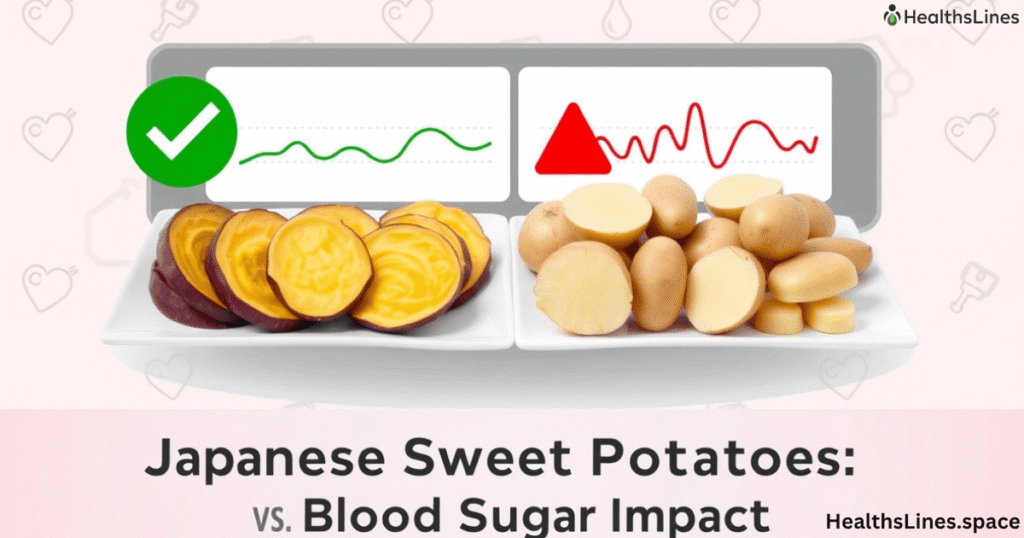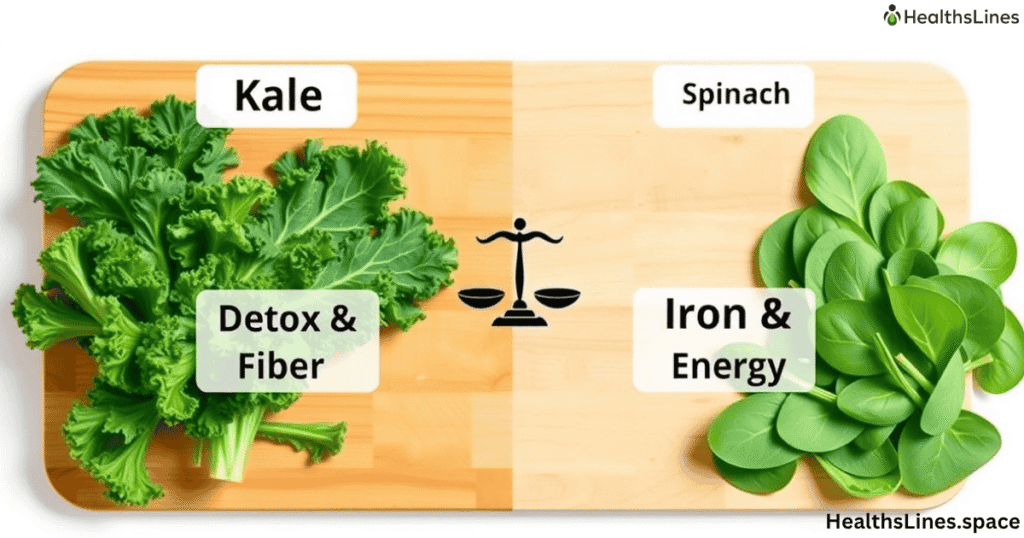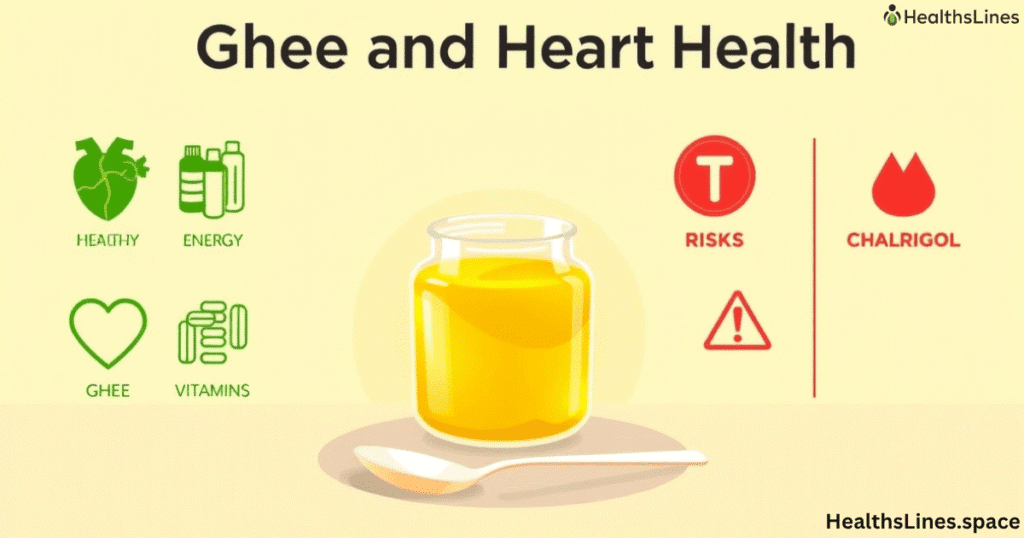Vitamin D is one of those nutrients your body cannot live without. It strengthens bones, supports immunity, and even helps balance mood. Many people think sunlight is the only way to get it, but that is not always enough. Long winters, sunscreen, or indoor lifestyles limit how much vitamin D you can make naturally. That is where food steps in, and fish high in vitamin D are some of the best options.
In this article, you will discover the best fish for vitamin D, how much each type contains, and why eating fish can help you avoid deficiency. You will also see comparisons, nutrition facts, and guidance for safe, sustainable choices. If you want to understand the real value of vitamin D in fish, keep reading because the story is richer than you may think.
Why Vitamin D Matters for Your Health
Vitamin D plays a central role in bone health. Without enough of it, your body cannot absorb calcium well, and that leads to weak bones or osteoporosis over time. This nutrient also keeps your immune system ready to fight off infections. Researchers have found links between low vitamin D and a higher risk of respiratory illness, which shows just how important it is for daily wellness.
The truth is that many people do not reach their vitamin D daily intake needs through sunlight alone. Diet becomes essential, especially in colder regions. That is why foods with vitamin D naturally, like fish, are considered life savers. Fish not only provide vitamin D but also offer protein, minerals, and healthy fats that give your body a full package of nutrition.
Top Fish Rich in Vitamin D
Salmon
Salmon vitamin D levels are among the highest of any fish. Wild salmon often provides over 600 IU of vitamin D per 100 grams, while farmed salmon usually contains a bit less. Alongside vitamin D, salmon brings omega-3 fatty acids in fish that support heart and brain health. A grilled salmon fillet not only fills your plate with flavor but also delivers a natural source of vitamin D your body craves.
Mackerel
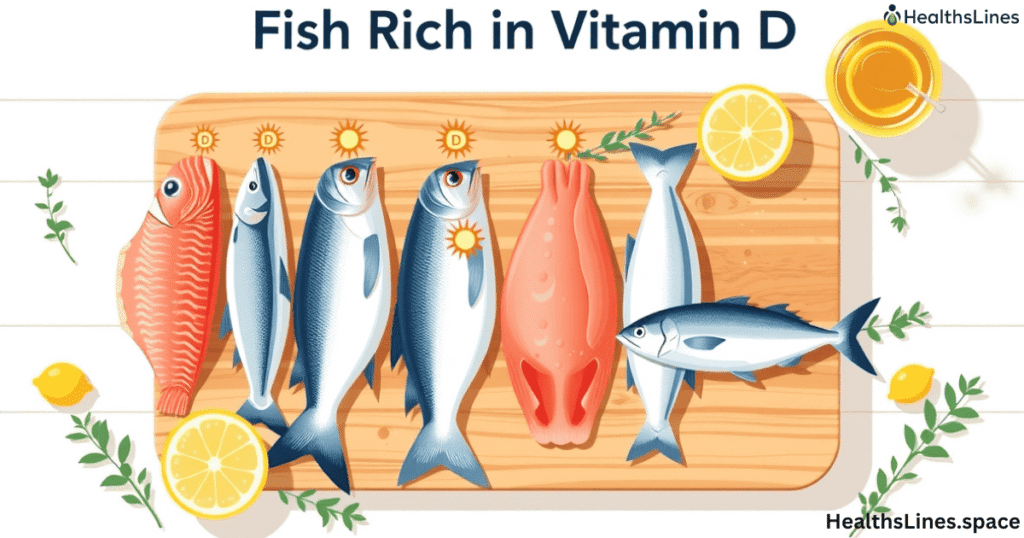
Mackerel vitamin D content is impressive, making it one of the top fish for vitamin D. Just 100 grams of mackerel can provide more than your daily requirement. Beyond vitamin D, it also carries omega-3 fatty acids that lower inflammation and protect the heart. Eating mackerel a few times a week is a natural way to meet your vitamin D needs and improve long-term wellness.
Rainbow Trout
People often overlook rainbow trout nutrition, but this freshwater fish offers a strong dose of vitamin D. A small serving contains around 600 IU, making it comparable to salmon. Trout also supplies lean protein, making it a smart option for those who want a lighter fish choice without sacrificing nutrients. Adding rainbow trout to your meals is a great way to balance taste and health.
Sardines
Few seafood choices match sardines calcium and vitamin D combination. A small can of sardines not only delivers vitamin D but also calcium, making them a perfect food for vitamin D and bone health. These tiny fish are also rich in omega-3s and are inexpensive compared to larger fish. Eating sardines regularly can support your body’s structure while offering a tasty, convenient option.
Tuna
Tuna is a popular fish rich in vitamin D, though you need to be careful with how much you eat. Fresh tuna contains high amounts of vitamin D, but canned tuna offers less. At the same time, there is the matter of tuna mercury caution, which means you should eat it in moderation. Even so, tuna remains one of the vitamin D seafood sources that many households rely on every week.
Herring
Herring has long been a traditional part of northern diets, and for good reason. It is a fish with vitamin D content that can reach over 200 IU per serving, plus valuable omega-3 fatty acids. Smoked, pickled, or grilled, herring gives you both nutrition and cultural taste. If you are looking for natural sources of vitamin D, herring is worth a place on your menu.
Cod
Cod itself is a lighter vitamin D foods fish, with moderate vitamin D levels in the flesh. The real star is cod liver oil vitamin D, which has been used for centuries to prevent deficiency. Cod liver oil contains thousands of IU per spoonful, though it is more of a supplement than food. Eating cod is still useful for protein and minerals, making it a safe option when you want variety.
Halibut
Halibut nutrition rounds out the list of fish high in vitamin D. It provides moderate vitamin D compared to salmon or mackerel, but still adds value to a healthy seafood diet. This white fish is low in fat, packed with protein, and gentle in flavor. For those who prefer mild-tasting fish, halibut becomes a delicious way to boost your vitamin D levels naturally.
Comparing Vitamin D Levels in Popular Fish
To see the difference clearly, here is a table showing the fish with vitamin D content per 100 grams. These numbers are averages, as values can change depending on season, origin, and preparation.
| Fish Type | Vitamin D (IU per 100g) | Extra Nutritional Benefit |
| Wild Salmon | 600–900 | High omega-3, protein |
| Mackerel | 300–700 | Omega-3, B vitamins |
| Rainbow Trout | 500–650 | Lean protein, selenium |
| Sardines | 270–400 | Calcium, omega-3 |
| Fresh Tuna | 250–350 | Protein, omega-3 |
| Herring | 200–400 | Omega-3, vitamin B12 |
| Cod | 40–50 | Lean protein, minerals |
| Halibut | 150–200 | Protein, low-fat white fish |
This table makes it clear which options are the best fish for vitamin D and which are lighter choices. Eating a mix gives you the benefits of variety and balance.
Health Benefits Beyond Vitamin D
When you eat fish rich in vitamin D, your body gets more than one powerful nutrient. Each serving also delivers protein, omega-3 fatty acids, and essential minerals that support long-term wellness. Protein helps your muscles repair and grow, while minerals like selenium and iodine regulate hormones and energy levels. These nutrients, combined with vitamin D, make fish one of the most complete foods you can eat. For example, sardines are not only packed with vitamin D and calcium, they also strengthen bones and teeth. Salmon and mackerel bring high levels of omega-3 fatty acids in fish, which are proven to reduce inflammation, protect the brain, and support your heart. Adding these foods with vitamin D naturally into your meals gives your body layers of protection beyond bone strength.
Another important benefit comes from the way fish influence overall disease prevention. Research shows that regular intake of fatty fish lowers the risk of heart problems, improves brain health, and even supports better mental balance. These effects are not from vitamin D alone but from the mix of healthy fats and proteins in fish. The result is a food that covers multiple health needs in one serving. So, when you choose top fish for vitamin D, you are also choosing a natural source of defense against modern health challenges.
Safe Consumption and Sustainability
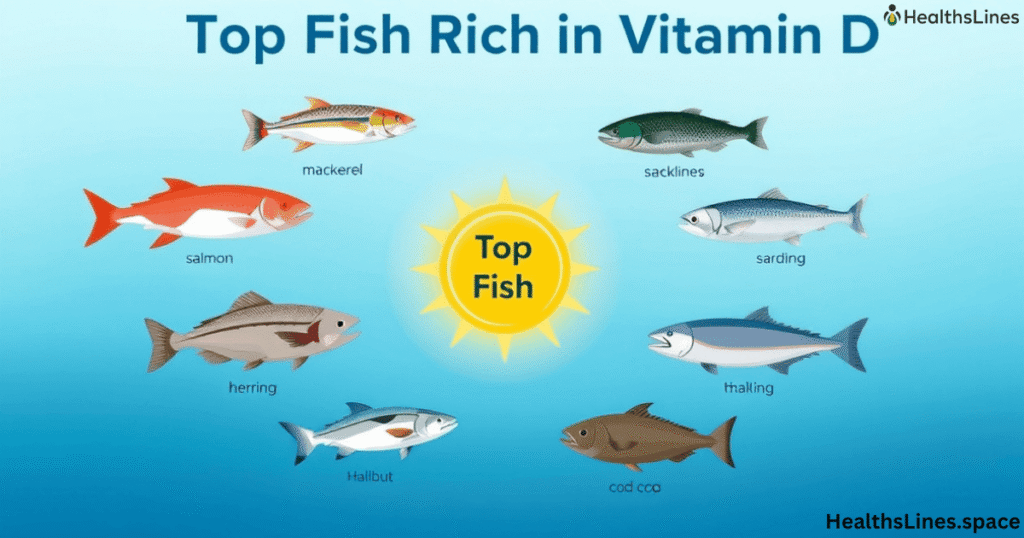
Eating fish high in vitamin D can be a powerful way to protect your health, but safety and balance must always come first. Some fish, like tuna, swordfish, and king mackerel, may carry higher mercury levels. Too much mercury can harm the nervous system over time, especially in children . That is why experts suggest enjoying fatty fish two to three times a week rather than every day. Choosing smaller species like sardines or trout often means lower mercury while still giving you strong vitamin D seafood sources. Paying attention to serving sizes and variety makes sure you get the benefits without the risks.
Sustainability is just as important as nutrition. Overfishing and unsustainable farming methods can damage marine ecosystems and reduce the availability of healthy fish for future generations. To make better choices, look for labels such as MSC (Marine Stewardship Council) or check trusted seafood guides. Wild salmon from certified fisheries, responsibly farmed trout, and sustainably caught sardines are great examples of eco-friendly options. When you choose sustainable fish choices, you are not only supporting your own wellbeing but also protecting oceans and communities that depend on them. A healthy seafood diet works best when it nourishes your body while keeping the planet strong.
Case Study: Vitamin D and Northern Diets
In northern Europe, people often face long, dark winters with little sunlight. To prevent rickets and bone weakness, diets included fish with vitamin D content like herring, cod, and salmon. Families passed down traditions of eating these foods regularly, and studies found lower rates of deficiency in those regions. This real-world example shows how vitamin D seafood sources have protected health for centuries.
Final Thoughts
There are many fish high in vitamin D, and including them in your meals can help fight vitamin D deficiency prevention naturally. Salmon, mackerel, trout, sardines, tuna, herring, cod, and halibut all bring unique benefits, from bone strength to heart protection. Eating a variety of these top fish for vitamin D makes it easier to meet your daily needs while enjoying delicious meals.
If you want to boost your vitamin D foods fish intake, choose wisely, eat safely, and think about sustainability. By doing so, you will strengthen your bones, improve your immune system, and enjoy the long-term benefits of a balanced, healthy seafood diet.
